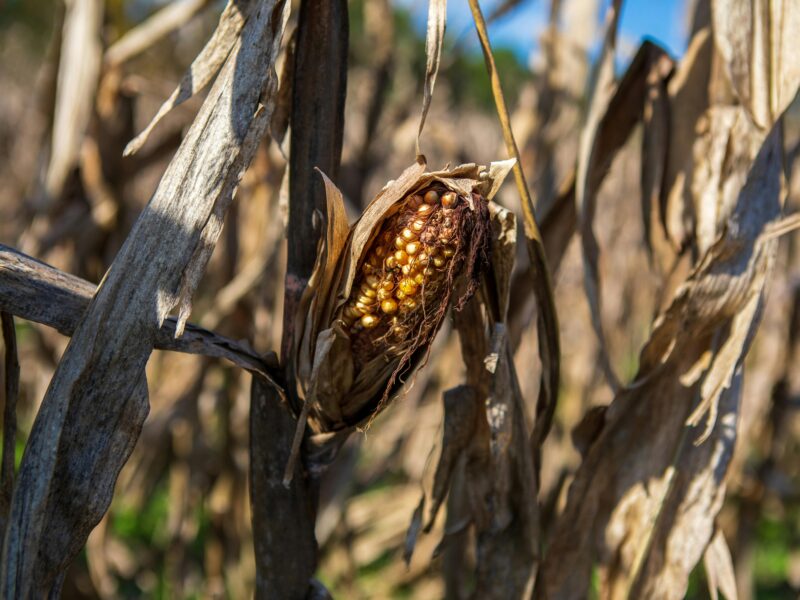In today’s world, sustainable living is more than just a trend; it’s a necessity. Gardening is a beautiful way to connect with nature, and doing so sustainably can have a significant impact on both the environment and your wallet. This comprehensive guide explores how you can implement recycling, reusing, and regrowing techniques in your garden using common household items. Whether you’re a seasoned gardener or a curious beginner, these tips will help you cultivate a more sustainable and cost-effective garden.
1. Understanding the Importance of Sustainable Gardening
Sustainable gardening focuses on using resources in a way that does not deplete them and avoids the use of chemicals that can harm the environment. By incorporating recycled materials and regrowing techniques, gardeners can reduce waste, conserve resources, and create a garden that contributes positively to the environment.
2. Starting with Seeds: Recycle and Reuse
Many everyday items can be repurposed to start your seeds. Here’s how you can use household waste to give your garden a sustainable start:
- Egg Cartons: These are ideal for starting seeds. Fill each compartment with potting soil and plant your seeds. Once the seedlings are ready to transplant, you can cut the carton apart and plant the sections directly into the soil, as the cardboard will decompose.
- Toilet Paper Rolls: Cut the rolls into halves, fill them with soil, and use them to grow seedlings. These can also be planted directly into the ground, as they will biodegrade.
- Old Newspapers: Create biodegradable pots with newspapers by folding them into small containers suitable for starting seeds.
3. Reusing Containers for Planting
Instead of purchasing new pots, look around your home for items that can be converted into plant containers:
- Old Boots, Teapots, and Tires: These unconventional items can be turned into unique planters that add character to your garden. Just make sure to provide adequate drainage by drilling holes in the bottom.
- Yogurt Cups and Coffee Containers: Small containers work well for smaller plants or herbs. They can be painted or decorated to enhance their appearance.
4. Water Conservation Techniques
Water is a precious resource, especially in gardening. Here’s how you can save water with everyday items:
- Rain Barrels: Install rain barrels to collect rainwater from your roof. This water can be used during dry spells, reducing your dependence on municipal water systems.
- Mulching with Newspaper: Layer newspapers around your plants before adding other mulch materials. This helps retain moisture in the soil and reduces the need to water frequently.
5. Regrowing Vegetables from Scraps
Some kitchen scraps can regrow into new plants, providing an easy and exciting way to recycle organic waste:
- Green Onions and Leeks: Place the white root end in a glass of water, and they will quickly start to regrow. You can transplant them into soil after a few days.
- Lettuce and Cabbage: Similar to green onions, keep the root ends and place them in water. They will regrow leaves that you can harvest repeatedly.
- Potatoes: Plant sprouted potatoes in the soil or a deep container. Make sure they have enough room to grow, as they can produce many new potatoes.
6. Creating Fertilizers from Household Waste
Instead of buying chemical fertilizers, you can make your own using kitchen waste:
- Coffee Grounds: Sprinkle used coffee grounds around plants. Coffee grounds add nitrogen to the soil and improve soil texture.
- Eggshells: Crush eggshells and sprinkle them around your plants. They provide calcium, which is essential for plant growth.
- Banana Peels: Bury banana peels near the roots of your plants. They decompose and release potassium, beneficial for flower and fruit development.
7. Pest Control with Household Items
Avoid chemicals by using household items for pest control:
- Garlic Spray: Make a garlic spray by blending a few cloves with water. It’s effective against many pests and can help prevent fungal diseases.
- Soap Spray: Mix a small amount of dish soap with water in a spray bottle. Use it to treat plants affected by aphids and other soft-bodied insects.
- Chili Pepper Spray: Chili can deter larger pests. Blend chili peppers with water and a drop of soap to help it adhere to plant leaves.
8. Composting Kitchen Waste
Turn your kitchen scraps into nutrient-rich compost instead of sending them to the landfill:
- Setting Up a Compost Bin: You can use a simple bin or tumbler to compost kitchen waste like fruit and vegetable scraps, coffee grounds, and eggshells.
- Direct Composting: Bury kitchen waste directly in garden areas where you plan to plant future crops. This method feeds the soil directly and reduces the need to turn a compost pile.
Sustainable gardening with household items not only helps reduce waste but also enriches your garden naturally, creating a healthier environment for plants and wildlife. By embracing these recycling, reusing, and regrowing techniques, you can enjoy the dual benefits of a thriving garden and a reduced ecological footprint. Start small, experiment with different methods, and watch as your garden becomes a testament to the principles of sustainability.


